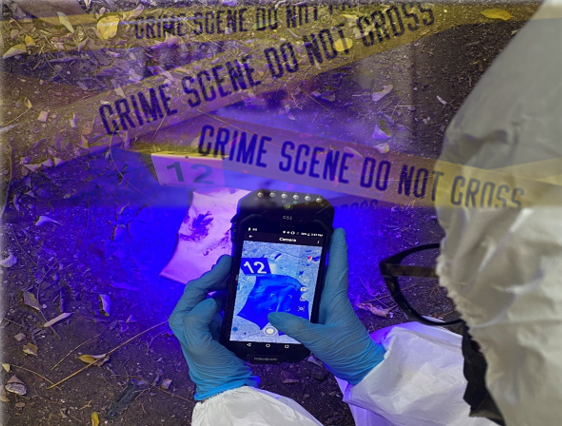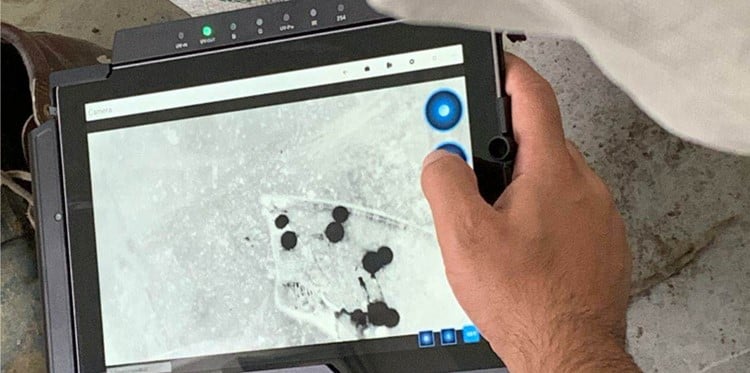
Trace Evidence
As we mentioned trace evidences before in our Crime Scene Investigation post, trace evidences are mostly very small fragments of physical evidence such as fabric or carpeting fibers, hairs, pieces of glass, or any other objects and these trace evidences can help to build the story of what happened and how happened.
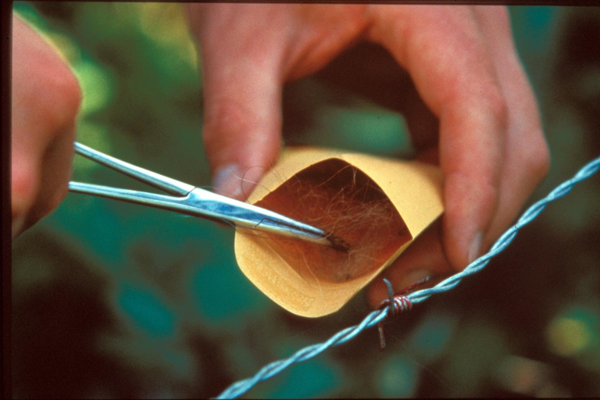
Trace evidences can transfer when two objects touch or can be distributed with movement, such as hair found in hats or clothing, dirt under the fingernails of a victim, mud stuck under the boot of a suspect, these evidences can be used to construct a story or can indicate a person or thing that was present at somewhere related to the crime. Trace evidence is sometimes underrated because individualized evidences such as DNA or fingerprints are thought to be more valuable but trace evidence can show us more about what happened in a crime scene such as if the body was moved or if the perpetrator came within the neighborhood or outside of the neighborhood if the person was assaulted from behind or front. Since everything can be trace evidence, we need to focus on the case and decide what materials are valuable trace evidences. Hair, fibers, paint, and glass are the most frequently investigated items but mud, soil, or cosmetic items are less frequently investigated, Some specific laboratories or departments such as fire investigators can go through fire debris or fire accelerants as trace evidences.
Everything in forensic science, including trace evidence is based on Locard’s exchange principle, “Every contact leaves a trace”. As an example, it can help us identify the crime weapon at hand if it is broken glass after a shootout incident, how far was the perpetrator(s) from the window, what kind of weapon was used all this information and questions can help us put together the pieces of the puzzle and build a story for a more reliable investigation and can significantly affect the outcome of the trial when combined with the rest of the collected evidence.
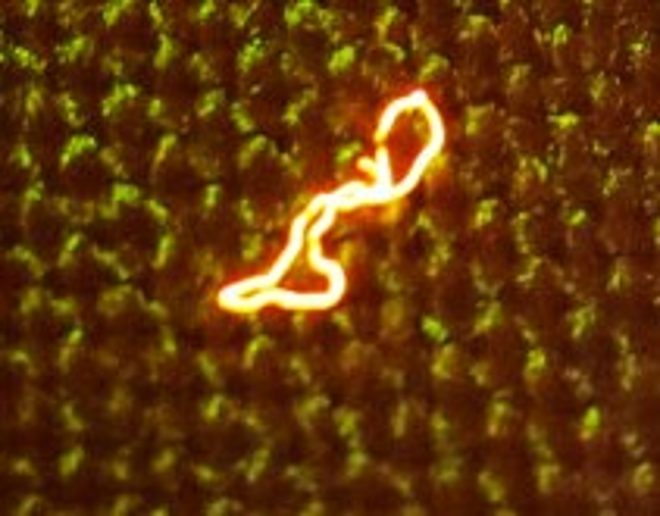
Finding and examining trace evidence is getting easier and more reliable with the advancement of technology, microscopic imaging now can be done right at the crime scene or as an example, seen in the image on the right, some fibers can fluoresce under certain wavelengths of light and combination of this close-up photography and multispectral imaging can help us find trace evidences easily which normally was close to impossible back when the technology was not used efficiently. Crime scene investigators use certain tools to collect and detect trace evidences such as multispectral lighting and imaging devices, tweezers, tapes, swabs, specialized vacuums, the collected materials are packaged, documented, and sent to a crime laboratory or examined at the crime scene with the help of specific devices such as ForenScope Multispectral Tablet.

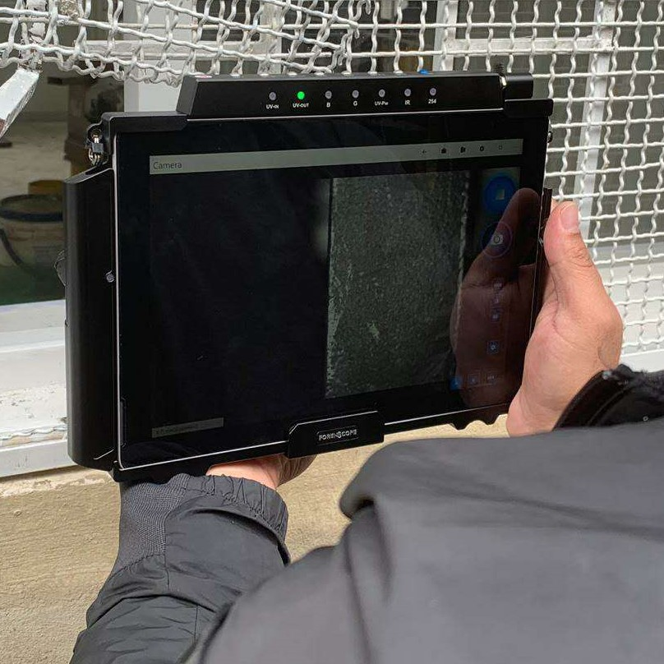

| ForenScope Collaboration with Colombia crime scene investigators for an important investigation searching for trace evidences |
Examination of these trace evidences can lead to a suspect, as an example, if there was contact with the suspect and the victim the cloth fibers of the suspect can be found on the victim’s body or vice versa and we can find the type of suspects clothing during the time of the crime.
Below are some detailed explanations of what we do with certain trace evidences that we collect;
Glass; Glass can be used to collect certain evidences, such as fingerprints or blood from a broken window but glass has an important place in trace evidences, the fragments are very small and can lodge themselves in clothing, hair, shoes, and car tires. Collecting these glass fragments is valuable to connect people and objects to places. Every type of glass has a different type of color and composition and by this when analyzing a glass fragment can give us information regarding where it came from, drinking glasses and house windows or car windows have different kinds of composition and color this can be important in a wide number of cases, such as accidents, homicide, hit and run cases.
The crime scene investigator can use magnification and specialized light sources to find the glass fragments on the crime scene, victim, suspects, or clothing and extract them with tweezers.
The glass can give very valuable information through its fracture marks, lines, and patterns also its unique characteristics such as its density, optical specifications, color can help us to determine the type of the glass and where it came from.

| Broken Glasses from an exploded car in a crime scene |
Hair; One of the first things that looked in the hair is if it is coming from an animal or a human and if it is human, which part of the body it came from. The collected samples can be tested to determine the color, shape, composition and also race of the individual that hair belongs to. The toxins, hair dyes, and certain hair products can be tested and identified. When collecting hair samples it is important to collect control samples from the suspects and the victim. In some cases such as hair strands with intact hair follicles or hair samples with biological material on it can be used to collect DNA evidence.
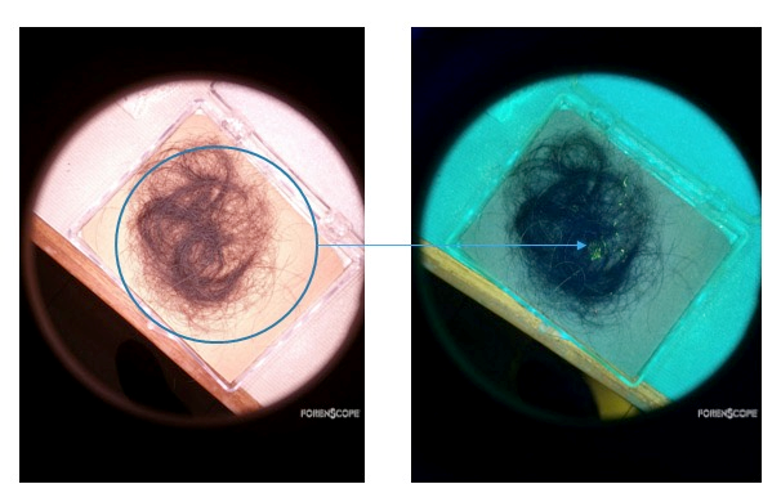
| Semen in Hair |
Fibers;
Fibers are thread-like materials from a carpet, clothing, or any other type of fabric and can be classified under three main categories;
- Natural – Plant or animal fibers such as linen, jute (carpets), hemp, cotton, silk, and wool.
- Synthetic – Fibers that are composed of some types of plastic, nylon, and polyester. These types of fabric are completely manmade.
- Manufactured – these fibers are composed of natural materials but the natural materials are reorganized to create specific fibers
The timely collection of fibers is a crucial part of crime scene investigation because fibers are highly mobile and can become airborne with the smallest movements of air or can be brushed off easily or they can fall from the clothing of crime scene investigators causing cross-contamination.
The fabric testing is mostly done with high-power comparison microscopes to compare the texture and wear in a side-by-side fashion. To understand the composition of the fiber as in synthetic or non-synthetic, chemical analysis can be used. Fibers are extremely useful in a crime scene because their origin can be identified, Let’s say the specific jute fibers of the victims carpet found on the suspects shoe can indicate the suspects presence at the crime scene.
| Clothing fibers on fingertips, are normally invisible to the eye. |




